Basics of Cyber security to protect information & data from hackers (Session-1).
By: Rajat Kumar | Last Updated: July 30, 2017
Background
Hello techies Cybersecurity is most important things that should take into consideration in today world. So that’s why today we are starting our new series about cybersecurity. This series in 4 parts that contain all the introductory information about cybersecurity. When you were a child, did you ever imagine yourself as a Masterful Defender of the Universe — recognizing a threat, protecting the innocent, seeking out the evildoers, and bringing them to justice?
Did you know you can make a career out of that?
- Cybersecurity Guru
- Cybersecurity Forensic Expert
- Information Security Expert
- Ethical Hacker
Okay without wasting time let’s start the session.
1. What is Cybersecurity?
The connected electronic information network has become an integral part of our daily lives. All types of organizations, such as medical, financial, and education institutions, use this network to operate effectively. They utilize the network by collecting, processing, storing, and sharing vast amounts of digital information. As more digital information is gathered and shared, the protection of this information is becoming even more vital to our national security and economic stability.
Cybersecurity is the ongoing effort to protect these networked systems and all of the data from unauthorized use or harm. On a personal level, you need to safeguard your identity, your data, and your computing devices. At the corporate level, it is everyone’s responsibility to protect the organization’s reputation, data, and customers. At the state level, national security, and the safety and well-being of the citizens are at stake.
2. Why it need?
 As more time is spent online, your identity, both online and offline, can affect your life. Your offline identity is the person who your friends and family interact with on a daily basis at home, at school, or work. They know your personal information, such as your name, age, or where you live. Your online identity is who you are in cyberspace. Your online identity is how you present yourself to others online. This online identity should only reveal a limited amount of information about you.
As more time is spent online, your identity, both online and offline, can affect your life. Your offline identity is the person who your friends and family interact with on a daily basis at home, at school, or work. They know your personal information, such as your name, age, or where you live. Your online identity is who you are in cyberspace. Your online identity is how you present yourself to others online. This online identity should only reveal a limited amount of information about you.
You should take care when choosing a username or alias for your online identity. The username should not include any personal information. It should be something appropriate and respectful. This username should not lead strangers to think you are an easy target for cybercrimes or unwanted attention.
3. What data need to be secure?
There are the two type of data in real world that need to secure from attackers
- Personal data
- Organizational data
3.1 Personal data
Any information about you can be considered to be your data. This personal information can uniquely identify you as an individual. This data includes the pictures and messages that you exchange with your family and friends online. Other Information, such as name, social security number, date and place of birth, or mother‘s maiden name, is known by you and used to identify you. Information such as medical, educational, financial, and employment information, can also be used to identify you online.
Medical Records
Every time you go to the doctor’s office, more information is added to your electronic health records (EHRs). The prescription from your family doctor becomes part of your EHR. Your EHR includes your physical health, mental health, and other personal information that may not be medically-related. For example, if you had counselling as a child when there were major changes in the family, this will be somewhere in your medical records. Besides your medical history and personal information, the EHR may also include information about your family.
Education Records
As you progress through your education, information about your grades and test scores, your attendance, courses taken, awards and degrees rewarded, and any disciplinary reports may be in your education record. This record may also include contact information, health and immunization records, and special education records including individualized education programs (IEPs).
Employment and Financial Records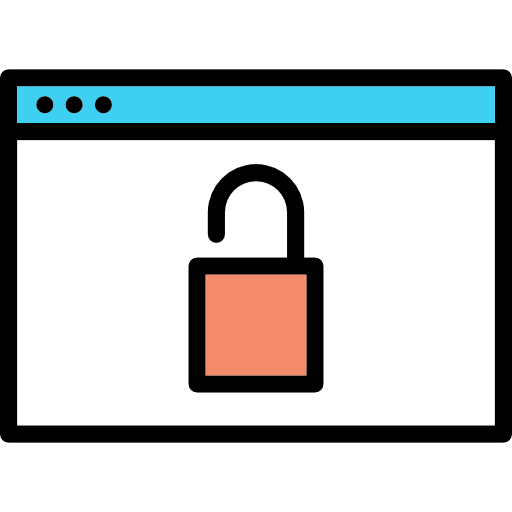
Your financial record may include information about your income and expenditures. Tax records could include paycheck stubs, credit card statements, your credit rating and other banking information. Your employment information can include your past employment and your performance.
Computing Devices
Your computing devices do not just store your data. Now these devices have become the portal to your data and generate information about you.
Unless you have chosen to receive paper statements for all of your accounts, you use your computing devices to access the data. If you want a digital copy of the most recent credit card statement, you use your computing devices to access the website of the credit card issuer. If you want to pay your credit card bill online, you access the website of your bank to transfer the funds using your computing devices. Besides allowing you to access your information, the computing devices can also generate information about you.
With all this information about you available online, your personal data has become profitable to hackers.
3.2 Organizational data
3.2.1 Types of Organizational Data
Traditional Data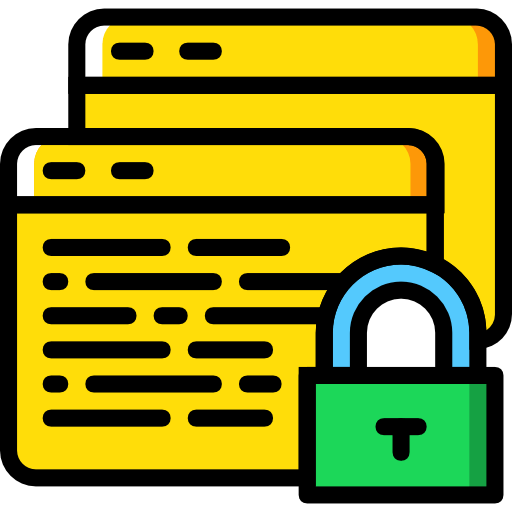
Corporate data includes personnel information, intellectual properties, and financial data. The personnel information includes application materials, payroll, offer letters, employee agreements, and any information used in making employment decisions. Intellectual property, such as patents, trademarks and new product plans, allows a business to gain economic advantage over its competitors. This intellectual property can be considered a trade secret; losing this information can be disastrous for the future of the company. The financial data, such as income statements, balance sheets, and cash flow statements of a company gives insight into the health of the company.
Internet of Things and Big Data
With the emergence of the Internet of Things (IoT), there is a lot more data to manage and secure. IoT is a large network of physical objects, such as sensors and equipment that extend beyond the traditional computer network. All these connections, plus the fact that we have expanded storage capacity and storage services through the Cloud and virtualization, lead to the exponential growth of data. This data has created a new area of interest in technology and business called “Big Data". With the velocity, volume, and variety of data generated by the IoT and the daily operations of business, the confidentiality, integrity and availability of this data is vital to the survival of the organization.
3.2.2 Confidentiality, Integrity, and Availability
Confidentiality, integrity and availability, known as the CIA triad, is a guideline for information security for an organization. Confidentiality ensures the privacy of data by restricting access through authentication encryption. Integrity assures that the information is accurate and trustworthy. Availability ensures that the information is accessible to authorized people.
Confidentiality
Another term for confidentiality would be privacy. Company policies should restrict access to the information to authorized personnel and ensure that only those authorized individuals view this data. The data may be compartmentalized according to the 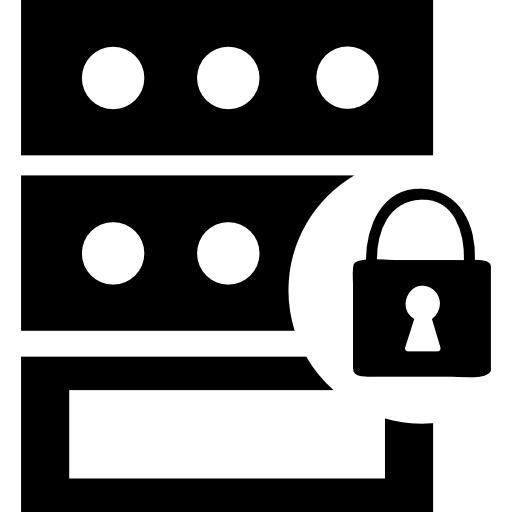 security or sensitivity level of the information. For example, a Java program developer should not have to access to the personal information of all employees. Furthermore, employees should receive training to understand the best practices in safeguarding sensitive information to protect themselves and the company from attacks. Methods to ensure confidentiality include data encryption, username ID and password, two factor authentication, and minimizing exposure of sensitive information.
security or sensitivity level of the information. For example, a Java program developer should not have to access to the personal information of all employees. Furthermore, employees should receive training to understand the best practices in safeguarding sensitive information to protect themselves and the company from attacks. Methods to ensure confidentiality include data encryption, username ID and password, two factor authentication, and minimizing exposure of sensitive information.
Integrity
Integrity is accuracy, consistency, and trustworthiness of the data during its entire life cycle. Data must be unaltered during transit and is not changed by unauthorized entities. File permissions and user access control can prevent unauthorized access. Version control can be used to prevent accidental changes by authorized users. Backups must be available to restore any corrupted data, and checksum hashing can be used to verify integrity of the data during transfer.
Availability
Maintaining equipment, performing hardware repairs, keeping operating systems and software up to date, and creating backups ensure the availability of the network and data to the authorized users. Plans should be in place to recover quickly from natural or man-made disasters. Security equipment or software, such as firewalls, guard against downtime because of attacks, such as denial of service (DoS). Denial of service occurs when an attack attempts to overwhelm resources so the services are not available to the users.
3.2.3 The Consequences of a Security Breach
To protect an organization from every possible cyberattack is not feasible, for a few reasons. The expertise necessary to set up and maintain the secure network can be expensive. Attackers will always continue to find new ways to target networks. Eventually, an advanced and targeted cyberattack will succeed. The priority will then be how quickly your security team can respond to the attack to minimize the loss of data, downtime, and revenue.
By now you know that anything posted online can live online forever, even if you were able to erase all the copies in your possession. If your servers were hacked, the confidential personnel information could be made public. A hacker (or hacking group) may vandalize the company website by posting untrue information and ruin the company’s reputation that took years to build. The hackers can also take down the company website causing the company to lose revenue. If the website is down for longer periods of time, the company may appear unreliable and possibly lose credibility. If the company website or network has been breached, this could lead to leaked confidential documents, revealed trade secrets, and stolen intellectual property. The loss of all this information may impede company growth and expansion.
The monetary cost of a breach is much higher than just replacing any lost or stolen devices, investing in existing security and strengthening the building’s physical security. The company may be responsible for contacting all the affected customers about the breach and may have to be prepared for litigation. With all this turmoil, employees may choose to leave the company. The company may need to focus less on growing and more on repairing its reputation.
5. Types of Attackers
Attackers are individuals or groups who attempt to exploit vulnerability for personal or financial gain. Attackers are interested in everything, from credit cards to product designs and anything with value.
Amateurs – These people are sometimes called Script Kiddies. They are usually attackers with little or no skill, often using existing tools or instructions found on the Internet to launch attacks. Some of them are just curious, while others are trying to demonstrate their skills and cause harm. They may be using basic tools, but the results can still be devastating.
Hackers – This group of attackers break into computers or networks to gain access. Depending on the intent of the break-in, these attackers are classified as white, gray, or black hats. The white hat attackers break into networks or computer systems to discover weaknesses so that the security of these systems can be improved. These break-ins are done with prior permission and any results are reported back to the owner. On the other hand, black hat attackers take advantage of any vulnerability for illegal personal, financial or political gain. Gray hat attackers are somewhere between white and black hat attackers. The gray hat attackers may find a vulnerability in a system. Gray hat hackers may report the vulnerability to the owners of the system if that action coincides with their agenda. Some gray hat hackers publish the facts about the vulnerability on the Internet so that other attackers can exploit it.
Organized Hackers – These hackers include organizations of cyber criminals, hacktivists, terrorists, and state-sponsored hackers. Cyber criminals are usually groups of professional criminals focused on control, power, and wealth. The criminals are highly sophisticated and organized, and they may even provide cybercrime as a service to other criminals. Hacktivists make political statements to create awareness to issues that are important to them. State-sponsored attackers gather intelligence or commit sabotage on behalf of their government. These attackers are usually highly trained and well-funded, and their attacks are focused on specific goals that are beneficial to their government.
6. Internal and External Threats
Internal Security Threats
Attacks can be originated from within an organization or from outside of the organization, as shown in the figure. An internal user, such as an employee or contract partner, can accidently or intentionally:
- Mishandle confidential data
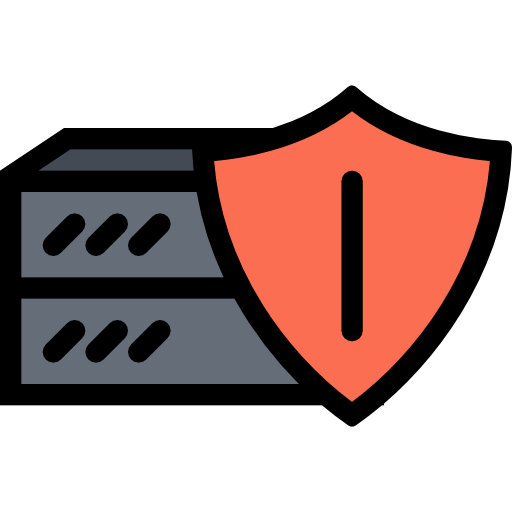
- Threaten the operations of internal servers or network infrastructure devices
- Facilitate outside attacks by connecting infected USB media into the corporate computer system
- Accidentally invite malware onto the network through malicious email or websites
Internal threats also have the potential to cause greater damage than external threats, because internal users have direct access to the building and its infrastructure devices. Employees also have knowledge of the corporate network, its resources, and its confidential data, as well as different levels of user or administrative privileges.
External Security Threats
External threats from amateurs or skilled attackers can exploit vulnerabilities in network or computing devices, or use social engineering to gain access.
7. What is Cyberwarfare?
Cyberspace has become another important dimension of warfare, where nations can carry out conflicts without the clashes of traditional troops and machines. This allows countries with minimal military presence to be as strong as other nations in cyberspace. Cyberwarfare is an Internet-based conflict that involves the penetration of computer systems and networks of other nations. These attackers have the resources and expertise to launch massive Internet-based attacks against other nations to cause damage or disrupt services, such as shutting down a power grid.
An example of a state-sponsored attack involved the Stuxnet malware that was designed to damage Iran’s nuclear enrichment plant. Stuxnet malware did not hijack targeted computers to steal information. It was designed to damage physical equipment that was controlled by computers. It used modular coding that was programmed to perform a specific task within the malware. It used stolen digital certificates so the attack appeared legitimate to the system.
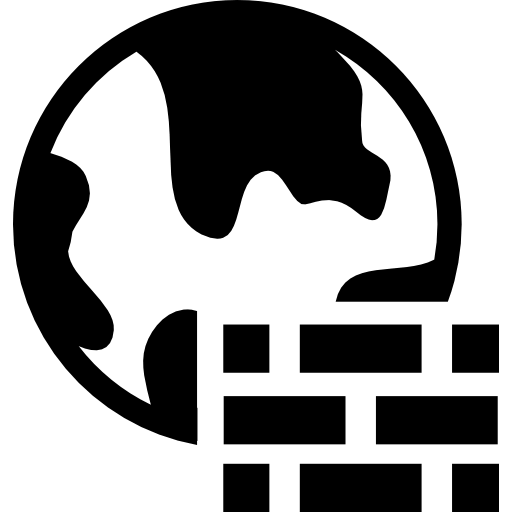
The Purpose of Cyberwarfare
The main purpose of cyberwarfare is to gain advantage over adversaries, whether they are nations or competitors.
A nation can continuously invade other nation’s infrastructure, steal defence secrets, and gather information about technology to narrow the gaps in its industries and military. Besides industrial and militaristic espionage, cyberwar can sabotage the infrastructure of other nations and cost lives in the targeted nations. For example, an attack can disrupt the power grid of a major city. Traffic would be disrupted. The exchange of goods and services is halted. Patients cannot get the care needed in emergency situations. Access to the Internet may also be disrupted. By affecting the power grid, the attack can affect the everyday life of ordinary citizens.
Furthermore, compromised sensitive data can give the attackers the ability to blackmail personnel within the government. The information may allow an attacker to pretend to be an authorized user to access sensitive information or equipment.
If the government cannot defend against the cyberattacks, the citizens may lose confidence in the government’s ability to protect them. Cyberwarfare can destabilize a nation, disrupt commerce, and affect the citizens’ faith in their government without ever physically invading the targeted nation.
Conclusion
This session-1 explained the features and characteristics of cybersecurity. It explained why the demand for cybersecurity professionals will only continue to increase. The content explains why your personal online identity and data is vulnerable to cyber criminals. It gives some tips on how you can protect your personal online identity and data.
This session also discussed organizational data: what it is, where it is, and why it must be protected. It explained who the cyber attackers are and what they want. Cybersecurity professionals must have the same skills as the cyber attackers. Cybersecurity professionals must work within the bounds of the local, national and international law. Cybersecurity professionals must also use their skills ethically.
Finally, this session briefly explained cyberwarfare and why nations and governments need cybersecurity professionals to help protect their citizens and infrastructure.
What is next?
In next session (session-2) we will talk about Attacks, Concepts and Techniques in cyber security until stay safe & keep your data secure from attackers. If you find this session’s worth to you please hit kudos, comment, & share to your friends and family to make worth to us being writing technical articles.
Credit: Cisco Network Academy, freepik.
Protecting Your Personal Data and Privacy from Cyber Attacks (Session-3). Concepts & techniques to find vulnerability and prevent the cyber-attacks (Session-2). Protecting the Organization Data from Cyber Attacks (Session - 4) Comparing Comodo Positive SSL and Let's Encrypt SSL: Which One Is Right for You?